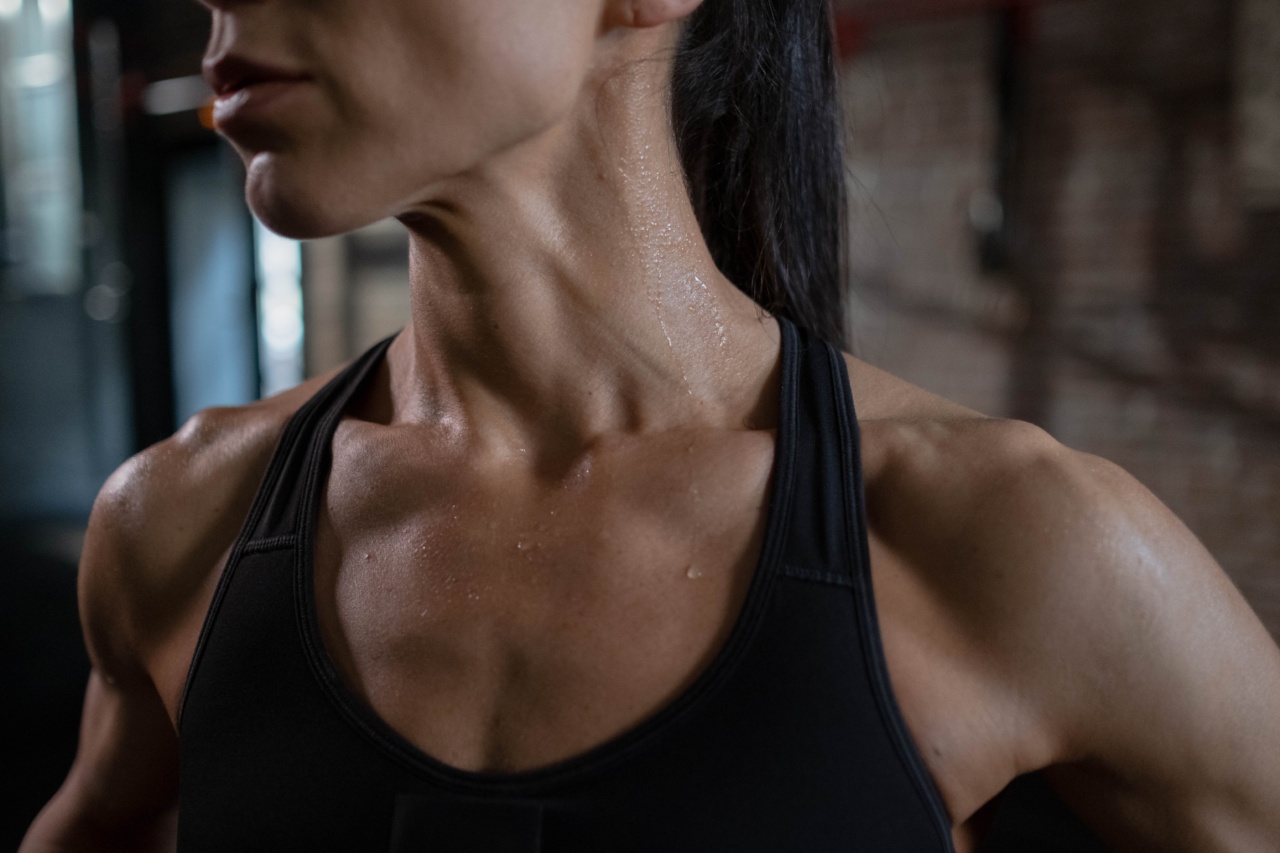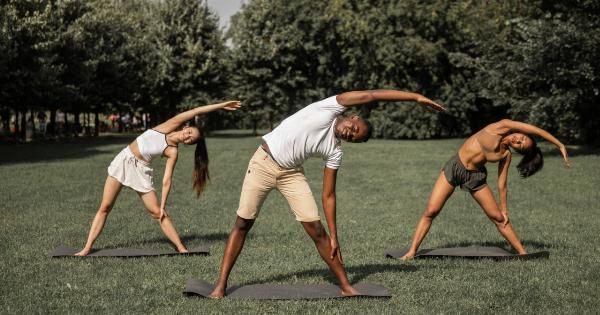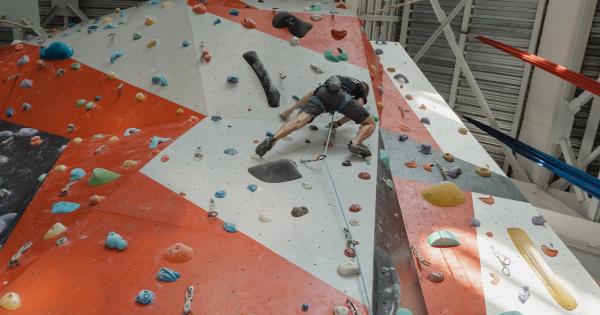Your chest muscles are an essential part of your core strength, which provides stability and balance to your entire body. Strengthening your chest muscles can help you perform everyday activities with ease and prevent injuries.
In this article, we will discuss various exercises to strengthen your chest muscles for stability.
1. Push-Ups
Push-ups are one of the best exercises to strengthen your chest muscles. They also work your triceps, shoulders, and core muscles.
To perform a push-up, get into a plank position with your hands shoulder-width apart. Your body should be in a straight line from head to toe. Lower your body until your chest almost touches the floor, and then push back up to the starting position.
If you are a beginner, you can start with modified push-ups by keeping your knees on the floor. As you get stronger, you can switch to traditional push-ups.
2. Chest Press
Chest press is a weightlifting exercise that targets your chest and shoulder muscles. It requires a weight bench or a stability ball and dumbbells or a barbell.
To perform a chest press, lie on a bench or a stability ball with your feet flat on the ground. Hold dumbbells or a barbell at arm’s length above your chest.
Lower the weight until your elbows reach a 90-degree angle, and then push back up to the starting position.
If you are a beginner, start with lighter weights and gradually increase the weight as you get stronger.
3. Chest Fly
Chest fly is another weightlifting exercise that targets your chest muscles. It requires dumbbells or a cable machine.
To perform a chest fly, lie on a bench or a stability ball with your arms extended above your chest, holding dumbbells or cable handles.
Lower your arms to the sides until they are parallel to the floor, and then bring them back to the starting position.
If you are a beginner, start with lighter weights and gradually increase the weight as you get stronger.
4. Dumbbell Pullover
Dumbbell pullover is a weightlifting exercise that targets your chest, shoulder, and back muscles. It requires a weight bench and dumbbells.
To perform a dumbbell pullover, lie on a bench with your feet flat on the ground and your head and shoulders on the bench. Hold a dumbbell with both hands above your chest, and lower it behind your head until your arms form a 90-degree angle.
Bring the weight back to the starting position.
If you are a beginner, start with lighter weights and gradually increase the weight as you get stronger.
5. Resistance Band Chest Press
Resistance band chest press is a bodyweight exercise that targets your chest muscles. It requires a resistance band.
To perform a resistance band chest press, attach a resistance band to a stable object at chest height. Hold the resistance band handles with your arms extended in front of your chest.
Push your arms out until they are fully extended, and then bring them back to the starting position.
If you are a beginner, start with lighter resistance and gradually increase the resistance as you get stronger.
6. Medicine Ball Chest Pass
Medicine ball chest pass is a plyometric exercise that targets your chest and core muscles. It requires a medicine ball.
To perform a medicine ball chest pass, stand facing a wall with your feet shoulder-width apart. Hold the medicine ball at chest height and push it towards the wall with both hands. Catch the ball and repeat.
If you are a beginner, start with a lighter medicine ball and gradually increase the weight as you get stronger.
7. Stability Ball Push-Up
Stability ball push-up is a variation of push-up that targets your chest and core muscles. It requires a stability ball.
To perform a stability ball push-up, place your hands on the top of a stability ball in a push-up position. Lower your body until your chest almost touches the ball, and then push back up to the starting position.
If you are a beginner, you can start with modified stability ball push-ups by keeping your knees on the floor. As you get stronger, you can switch to traditional stability ball push-ups.
8. Wide Push-Ups
Wide push-ups are a variation of push-ups that target your chest muscles more than traditional push-ups. They also work your triceps, shoulders, and core muscles.
To perform a wide push-up, get into a plank position with your hands wider than shoulder-width apart. Your body should be in a straight line from head to toe.
Lower your body until your chest almost touches the floor, and then push back up to the starting position.
If you are a beginner, you can start with modified wide push-ups by keeping your knees on the floor. As you get stronger, you can switch to traditional wide push-ups.
9. Incline Push-Ups
Incline push-ups are a variation of push-ups that target your upper chest muscles more than traditional push-ups. They also work your triceps, shoulders, and core muscles.
To perform an incline push-up, place your hands on an elevated surface such as a bench or a step. Your body should be in a straight line from head to toe.
Lower your body until your chest almost touches the elevated surface, and then push back up to the starting position.
If you are a beginner, you can start with modified incline push-ups by keeping your knees on the floor. As you get stronger, you can switch to traditional incline push-ups.
10. Plyometric Push-Ups
Plyometric push-ups are a more advanced variation of push-ups that target your chest and core muscles. They also improve your explosive power and coordination.
To perform a plyometric push-up, get into a plank position with your hands shoulder-width apart. Lower your body until your chest almost touches the floor, and then explosively push up off the ground so that your hands come off the ground.
Land softly and repeat.
If you are a beginner, you can start with traditional push-ups and gradually progress to plyometric push-ups as you get stronger.
Conclusion
Incorporating these exercises into your workout routine can help you strengthen your chest muscles for stability and improve your overall fitness.
Remember to start with lighter weights or modifications if you are a beginner and gradually increase the intensity as you get stronger.




























